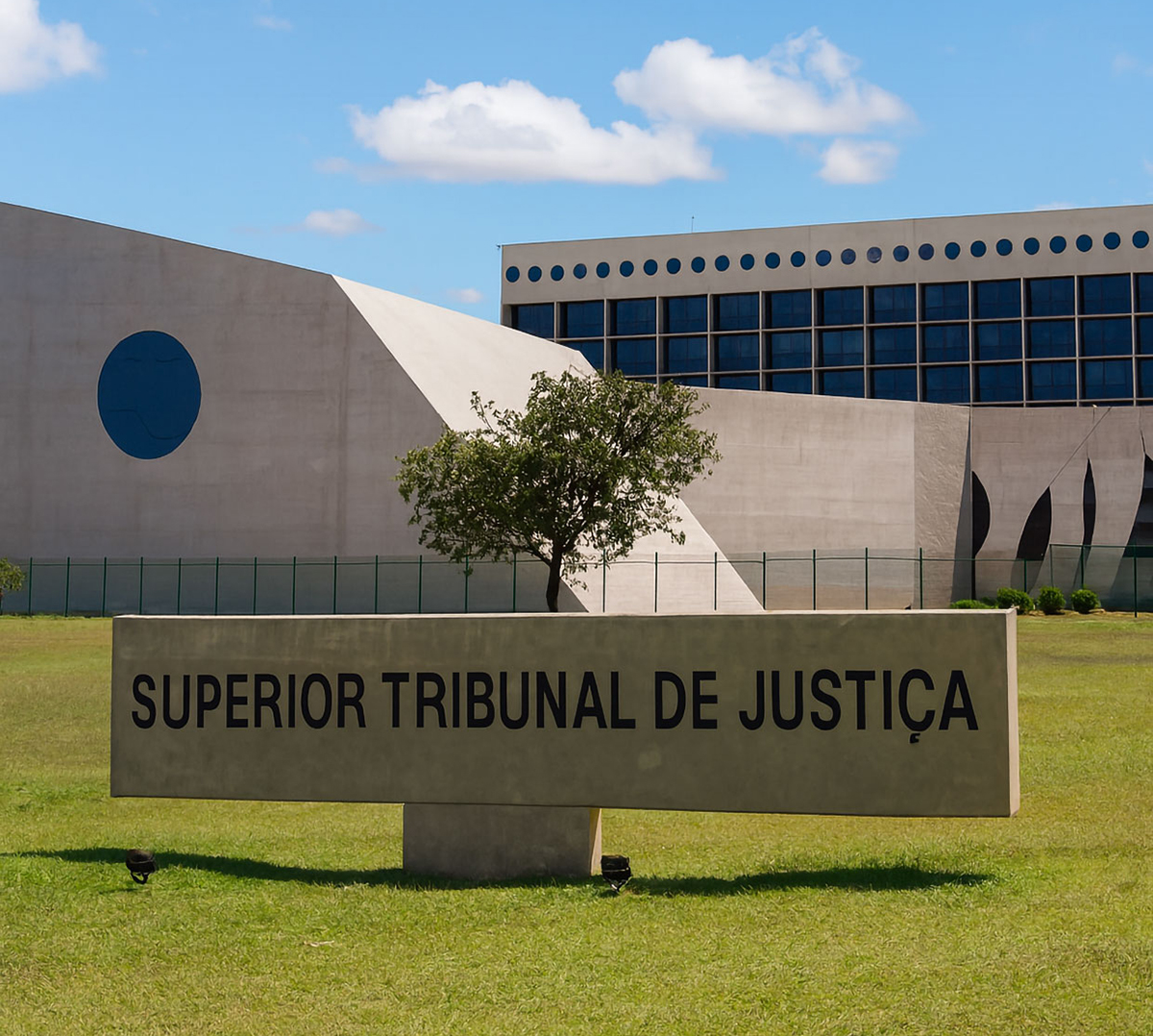A Terceira Turma do Superior Tribunal de Justiça (STJ) proferiu uma decisão de grande impacto no Direito Empresarial e Processual, validando a arrematação de um imóvel de massa falida por apenas 2% de sua avaliação. Esta decisão é fundamental e reforça a prioridade da Lei de Falências (Lei nº 11.101/2005, atualizada pela Lei nº 14.112/2020) […]
CPDMA BLOG

Selic is the applicable interest rate for late payment in civil debts, rules the STJ

The Superior Court of Justice (STJ) established an important precedent under Repetitive Theme 1368 regarding the interest rate applicable to civil debts in Brazil before the enactment of Law No. 14,905/2024.
---
A tese firmada: o STJ estabeleceu que o artigo 406 do Código Civil de 2002 (em sua redação anterior à Lei n.º 14.905/2024) deve ser interpretado no sentido de que a Taxa SELIC (Sistema Especial de Liquidação e de Custódia) é a taxa de juros de mora aplicável às dívidas de natureza civil.
Why SELIC?
The reasoning is based on the fact that the SELIC rate is used for monetary adjustment and late payment interest on taxes owed to the National Treasury (federal taxes), in accordance with various tax laws.
Key points of the ruling:
- National Unified Standard: The SELIC rate is currently the only rate in effect for late payment of federal taxes and holds constitutional status, serving as the basic benchmark for the entire economy.
- Harmony and Predictability: Setting civil default interest rates different from the national benchmark violates Article 406 of the Civil Code and creates macroeconomic distortions. The law aims to ensure that civil late-payment interest follows the same rate applied to federal tax arrears, promoting harmony between public and private obligations.
- Compensatory Function: Late-payment interest serves to compensate the creditor for the loss of the money’s value over time and should not be confused with the punitive function, which is fulfilled by the contractual late-payment penalties.
- Consolidated Jurisprudence: The STJ had already established in previous Repetitive Themes (Themes 99, 112, and 113) that the SELIC rate is the legal interest rate referenced in Article 406 of the Civil Code.
- No Double Counting: By its nature, the SELIC rate already includes both late-payment interest and monetary adjustment. Its application prevents the overlap of different indices, ensuring greater predictability and alignment with the national economic system.
What does this mean for civil debts?
Esta decisão consolida a orientação de que a Taxa SELIC deve ser usada como o índice de juros de mora em condenações e dívidas de natureza civil, alinhando as relações privadas com os índices oficiais da economia e garantindo a segurança jurídica.
Recent posts
Em recente julgamento (REsp 2.180.611-DF), a Terceira Turma do STJ estabeleceu um entendimento crucial que visa proteger o patrimônio do coproprietário ou cônjuge, em caso de penhora e arrematação de bens indivisíveis, que não tem responsabilidade pela dívida (o alheio à execução). O que mudou e o que você precisa saber? A lei (Código de Processo Civil - […]
O Superior Tribunal de Justiça (STJ) firmou um importante entendimento no Tema Repetitivo 1368 sobre a taxa de juros de mora aplicável a dívidas de natureza civil no Brasil, antes da vigência da Lei n.º 14.905/2024. --- A tese firmada: o STJ estabeleceu que o artigo 406 do Código Civil de 2002 (em sua redação anterior à Lei […]
Rural sale-and-leaseback: liquidity for companies in crisis and protected returns for investors
No agronegócio brasileiro, a busca por capital rápido em meio à escalada dos juros fez crescer uma estrutura já conhecida no mercado imobiliário urbano: o sale-and-leaseback. A lógica é direta: o produtor vende a área rural a um investidor, recebe o dinheiro à vista e, no mesmo ato, assina um contrato de arrendamento a longo prazo […]
Em 3 de julho de 2025, a Comissão de Valores Mobiliários (CVM) publicou as Resoluções CVM 231 e 232, instituindo o regime FÁCIL (Facilitação do Acesso ao Capital e Incentivos às Listagens). A iniciativa visa simplificar o ingresso de Companhias de Menor Porte (CMP) no mercado de capitais brasileiro, promovendo transparência regulatória e estabilidade jurídica, […]
Thayse Bortolomiol takes over as head of the Business Restructuring Area at CPDMA.
Attorney Thayse Bortolomiol takes over the coordination of CPDMA's Business Restructuring area, maintaining the technical and strategic standard that has built the firm's reputation in this field and continuing one of its most prominent areas of practice. With eight years of experience at CPDMA, Thayse has been directly involved in key initiatives led by the firm, gaining […]


